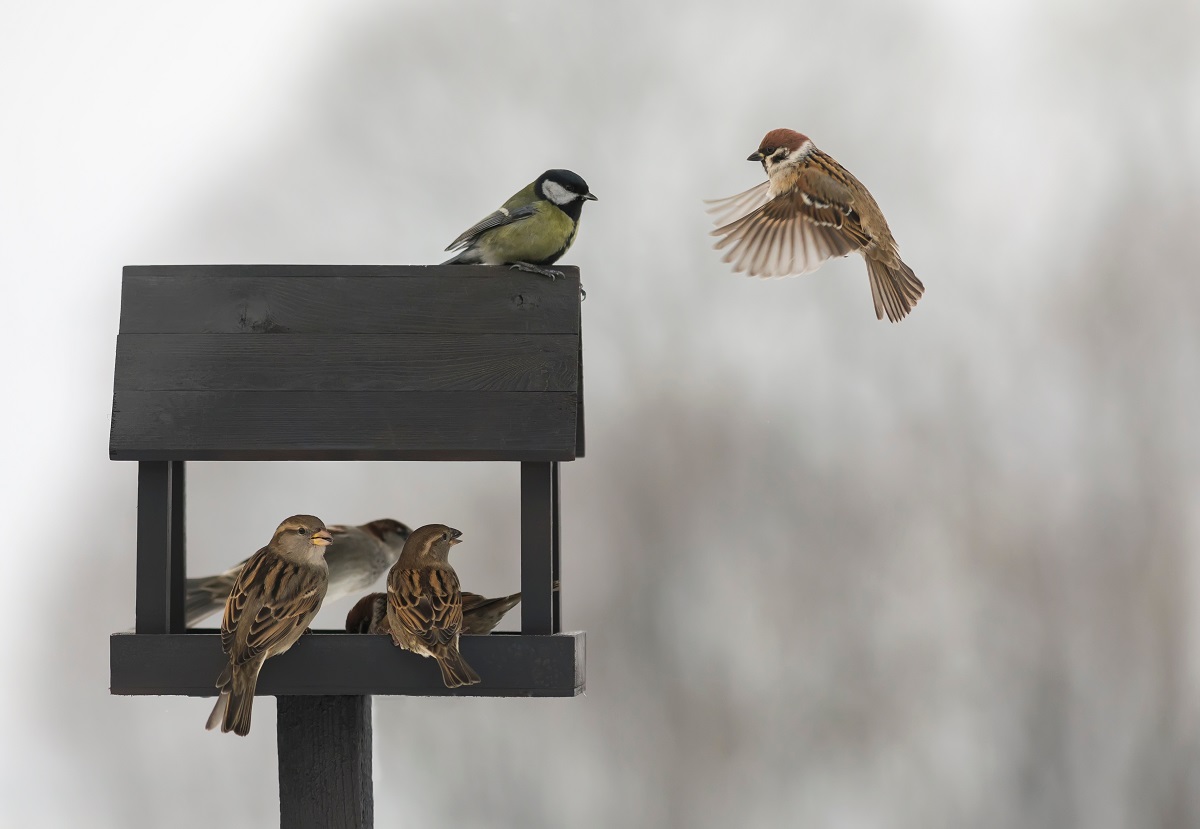The sparrow sound is distinct and can be identified through a short cheep or chirrup. Males mostly use it to attract their female counterparts. Sparrows courting may use chirps together or when the birds are in flocks. Each species of sparrow has their own song.
Sparrows will vary in their calls depending on what type of situation they are in. Learning those distinctions will help you to understand their sounds. The tone, volume, and frequency varies among species depending on the circumstances.
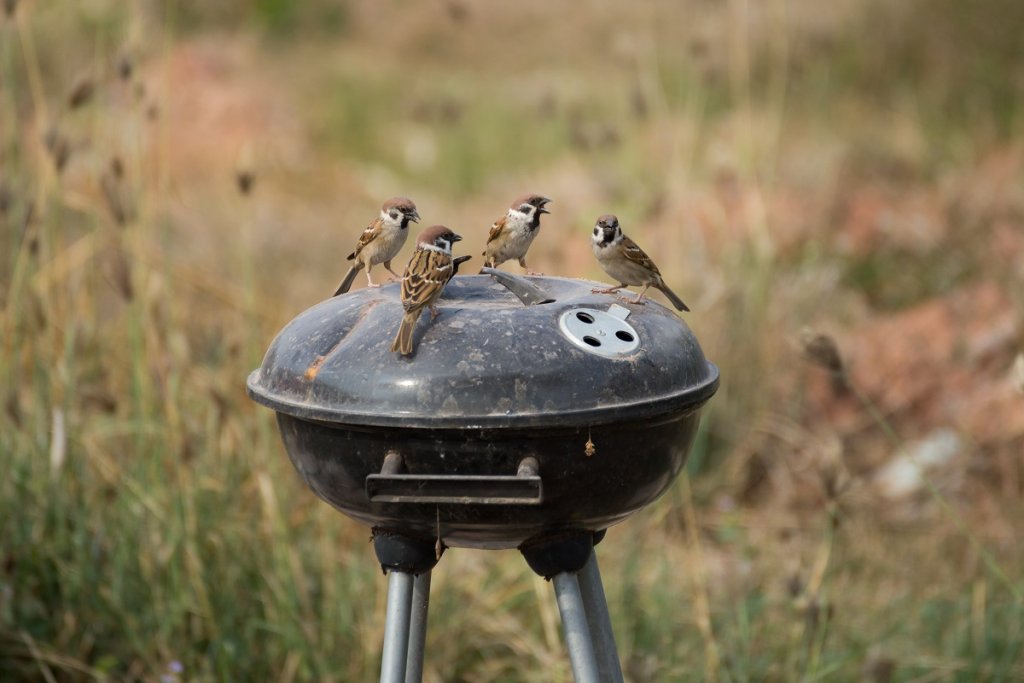
Sparrows Sound and Meaning
Like most birds, sparrows often sing or make sounds in five circumstances:
Alarm Calls: When a dangerous animal like a cat, owl or weasel is nearby, sparrows will chirp and squawk loudly to warn other birds. They will continue their loud chirp until the danger has passed.
Territorial Calls: Sparrows are very territorial songbirds, and when another sparrow comes too close to their territory, they will chirp aggressively.
Song/Courtship Calls: When courting, males will sing to claim their territory and attract a mate with a repetitive chirping sound that acts as their song.
Companion/Contact Calls: Mated pairs have their own language of quiet chirps to stay in touch when one is away from the nest while the other is feeding the nestlings.
Juvenile Calls: Baby sparrows in the nest or just after fledging will repeatedly chirp with a buzzy call to beg for food.
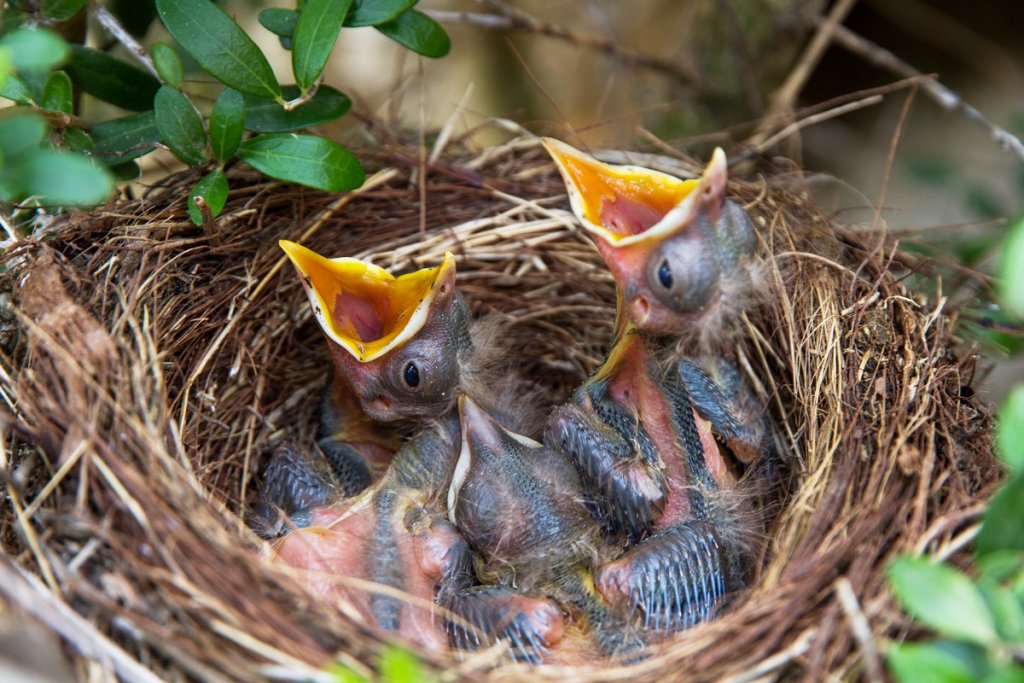
Their calls enable them to convey or trigger a proper response to situations. A baby cries for his mother, and she comes with food or comfort. Mates keep in touch when one is gone and converse about their day. Other couples take part in dating rituals that lead to the formation of new families. When someone is in danger or if their home is being invaded, they cry out loudly and repeatedly.
They will start chirping abruptly when someone encroaches on their territory and frequently when males are trying to attract a mate.
The chirping becomes quieter when they are coupled up with another companion sparrow. This communication helps with feeding times. Babies will use a buzzy frequency that can be heard when they are juveniles. This often means they need food.
Sounds of more frequency may mean that a predator is lurking. Sparrows may often use this when under threat or territory is being crossed. After studying these different sounds, you can better understand the sparrow’s situation.
Behavior
The song of a common sparrow chirping may indicate a variety of things. Females may use a brief chattering sound effect when warding off other females. Males will often use loud chattering to attract females and defend their territory.
The male sparrow will fluff up its chest and hop directly in front of the female to get her attention. Other males may start flying in wild patterns if they get wind of another male trying to attract a mate. Their song and dances are important to the sparrow behavior and mating ritual.
Varying species of sparrows can be found over much of the North American territories. Their beautiful songs bring a subtle ambiance to any scene. They have been known throughout history to bring good luck and bad luck. The study of the sparrow bird song has brought bird watchers to view for many generations.
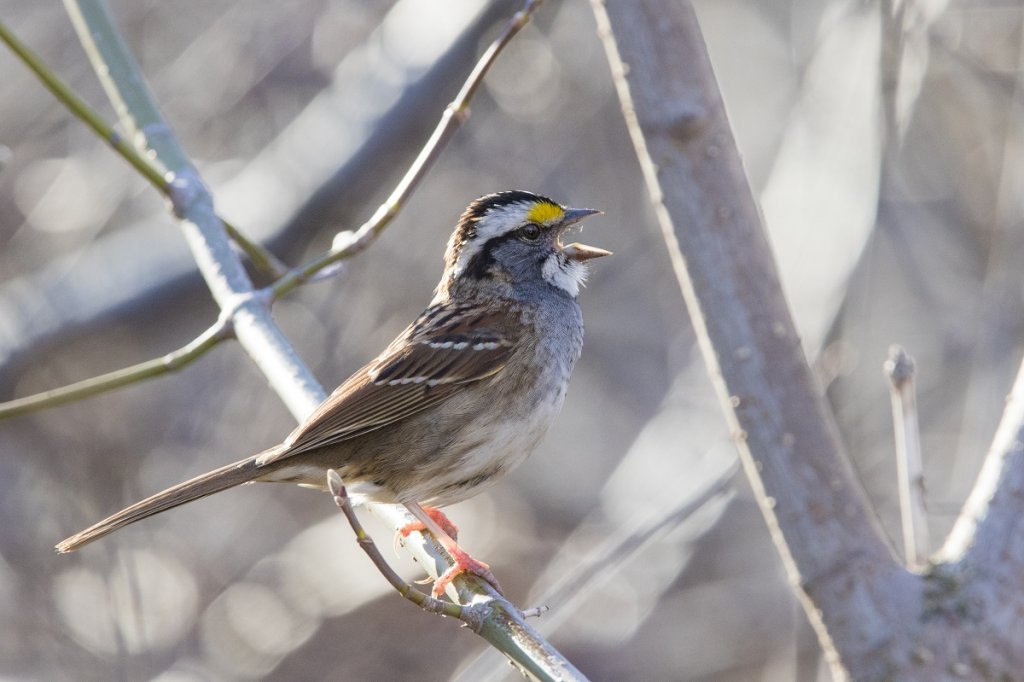
Interesting Facts
Sparrows of varying species live throughout much of North America. One of the more beautiful breeds is the white-throated sparrow. Their yellow crown with a black stripe down their head makes them hard to miss. Their song sounds like a subtle whistle, and they have often been compared to singing “Oh-Sweet-Canada.”
They can come in two different color variations, white-crowned and tan crowned. They will intermix when mating and have even been known to have mixed offspring. Their vocalizations cannot be missed compared to a wren or other sparrow calls.
What is interesting to modern birdologists is that this sparrow recently changed his tune and started singing a new song. In the 10 years between 2004 and 2014, white-throated sparrows west of Quebec all picked up the new song, and the phenomenon is expanding. This is considered evidence that birds learn from each other as they migrate to different areas.
If you start making bird calls, these types of sparrows will often come to seek you out of curiosity. If you leave out a bird feeder, they will make sure to visit you. Leave out bird seeds, sunflower seeds, or other grains.

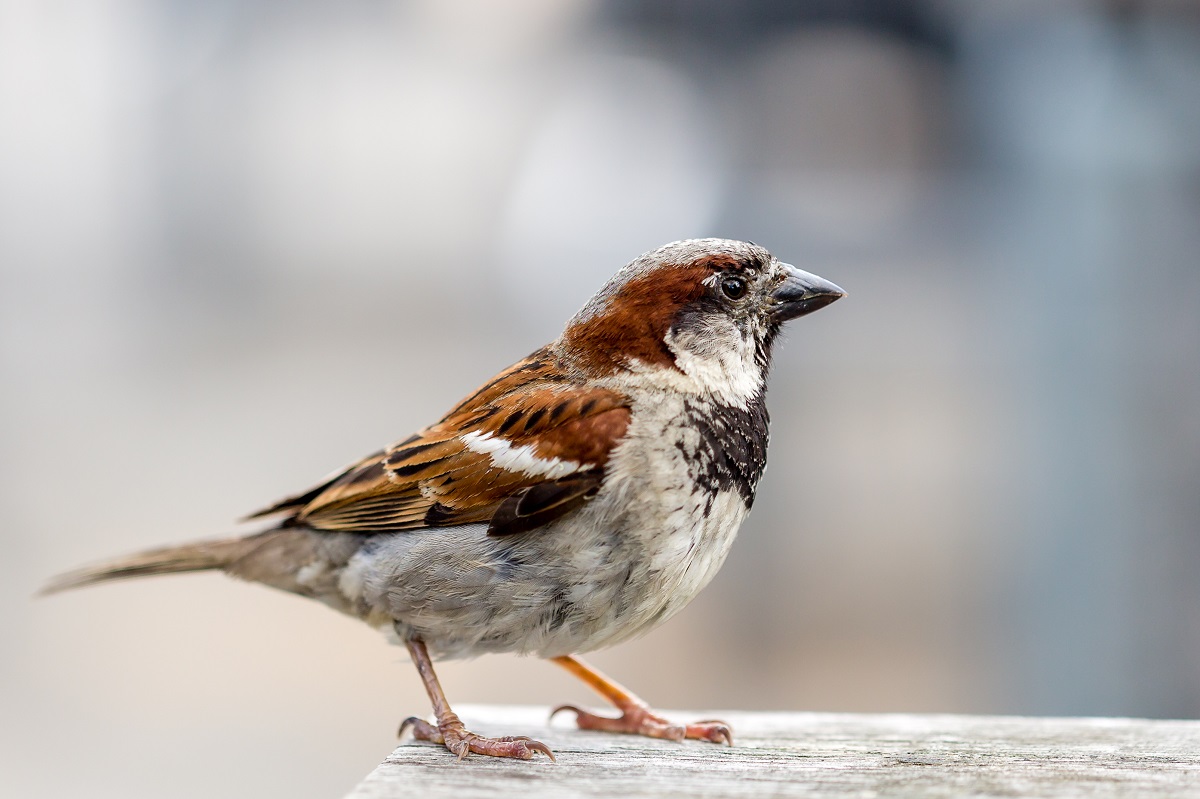
The song sparrow, a popular species, has a beautiful song that is mindful of “Molly put the kettle on.” However, male song sparrows have a repertoire of over 12 songs which take 30 minutes to get through before starting again. He exhibits “long-distance dependency” in repeating what he sang in the past. Scientists estimate that a song sparrow has a 360 times larger capacity for memory than a canary, which can only remember 5 seconds of song information.
In contrast to varieties of sparrows who are superb vocal artists, the simple house sparrow has a simple song that consists of one or a series of cheep or chirrup notes. Males repeat the song to lure their mate, while females use it to find a new mate after a loss. Even though the house sparrow song is more matter of fact, scientists use their songs to determine behavior patterns.
Sound of Sparrow Meaning and History
There is a rich history surrounding the meaning of birds singing. In modern times, sparrows represent hard work, protection, and community.
In past times, if a house sparrow flew into your home, this symbolized the end of a relationship, a job, or friendship. Over time, many cultures have defined interactions with Sparrows as supposed back luck or good luck. It just depends on the country it has derived from.
In some cultures, signs of sparrows are a great fortune. In others, encountering this type of bird may not be so favorable. Throughout time, these birds bring great joy to their watchers, and with their songs come varying calls signaling different things.

